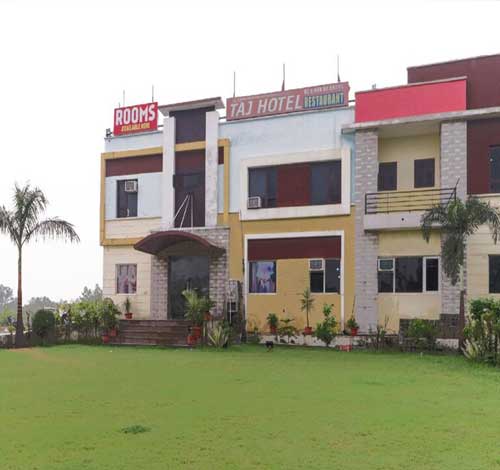Your trusted hotel management software solution in India and beyond.
EasyPMS365 is a cloud-based hotel management software (PMS) designed for small to mid-sized hotels, resorts, and guesthouses. It offers tools for front office operations, reservations, billing, reporting, and more – all in one system.
Hotel management software is suitable for:Hotels of all sizes (small, medium, large) Resorts, guesthouses, and motels Bed and breakfast establishments Hotel chains and multi-property operations
Some common features include: Online booking and reservation management Guest check-in/check-out and front desk operations Room and inventory management Billing and invoicing Channel manager integration for OTAs Reporting and analytics Customer relationship management (CRM) Banquet and event management
The software automates repetitive tasks, reduces errors, and provides real-time updates, which saves time and allows staff to focus on guest satisfaction.
Yes, most hotel management software integrates with channel managers, enabling seamless updates to and from platforms like Booking.com, Expedia, Airbnb, and others.
Reputable hotel software providers ensure robust security, including: Data encryption Secure payment gateways for transactions Regular updates and compliance with privacy regulations
Yes, many software solutions offer customizable modules, user permissions, and configurations tailored to your hotel’s requirements.
Many hotel management solutions are cloud-based, allowing you to access the system from any device with an internet connection.
Yes, many software solutions offer customizable modules, user permissions, and configurations tailored to your hotel’s requirements.
Guest data is stored securely and can be used for creating guest profiles, personalized marketing campaigns, and loyalty programs while complying with data privacy regulations like GDPR.
Reports may include: Occupancy and revenue statistics Daily transaction summaries Guest demographics and preferences Inventory and housekeeping reports Financial performance
The cost varies based on: Features and modules included Number of rooms or properties managed Licensing model (subscription or one-time fee)
Most software is designed to be user-friendly and includes training resources like tutorials, manuals, and customer support to help staff get up to speed.














